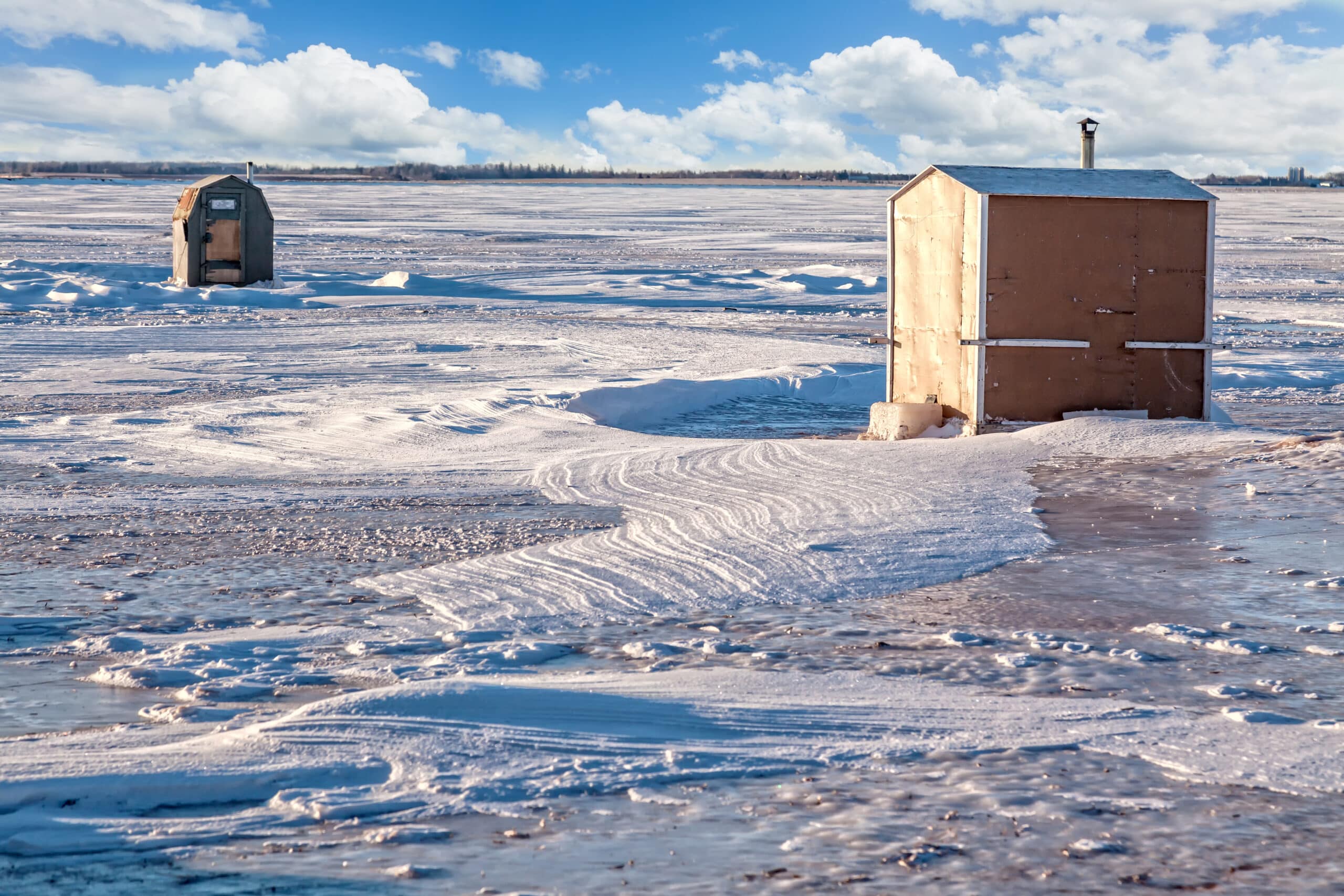Maximize Your Sea Trout Catches: Essential Strategies and Techniques
Maximize Your Sea Trout Catches: Essential Strategies and Techniques
Hey there, fishing enthusiasts!
Looking to improve your sea trout catches but unsure where to start? You’re in the right place! Today, I’m sharing my best tips to make the most out of your fishing trips. This blog is packed with practical strategies, proven techniques, and even a few well-kept secrets. Let’s dive right in!
Why Is Sea Trout Fishing So Challenging?
Sea trout is one of the most prized catches for sport fishers. Feisty, cunning, and highly responsive to environmental changes, this fish presents a true challenge. With pollution, fishing pressure, and climate changes, refining your strategies has never been more important. Thankfully, with the right know-how and techniques, you can greatly improve your odds.
Top Strategies to Catch More Sea Trout
1. Pick the Right Spots
When it comes to sea trout fishing, location is key. Here’s what to look for:
- River mouths: Sea trout often gather here to hunt.
- Shaded areas and natural shelters: They like hiding under fallen trees or near rocks.
- Cold, oxygenated waters: Especially in summer, sea trout seek out cooler temperatures.
Pro tip: Chat with local fishers or consult bathymetric maps to identify promising areas.
2. Adapt Your Lures and Techniques
a) Lures That Mimic Natural Prey
Sea trout primarily feed on small fish, shrimp, and insects. Go for soft plastics, spoons, or streamers that mimic these prey items.
b) Vary Your Retrieval Techniques
Experiment with different speeds and rhythms to find what attracts fish. A fast retrieve mimics fleeing prey, while a slow retrieve can appear more natural.
3. Leverage Weather Conditions
Sea trout are highly reactive to changes in light, temperature, and water levels.
- Best times: Sunrise and sunset.
- After light rain: Water becomes more oxygenated, making fish more active.
- Avoid hot days: Trout retreat to deeper waters and are less aggressive.
4. Master Water Reading
Reading the water is an art. Observe currents, eddies, and calm zones to pinpoint where sea trout are positioned for hunting. Use polarized sunglasses to get a better look beneath the surface.
5. Stay Stealthy
Sea trout are easily spooked. Here’s how to stay under their radar:
- Wear neutral clothing to blend into the environment.
- Walk softly along the water’s edge to avoid creating vibrations.
- Cast your line gently, especially in calm waters.
Common Mistakes to Avoid
1. Ignoring Water Temperature
If the water exceeds 18 °C (64 °F), sea trout become lethargic. Plan your trips early in the morning or in the evening.
2. Using Unsuitable Gear
Heavy gear reduces the sensitivity needed to detect subtle bites. Invest in a lightweight rod and high-quality line.
3. Lack of Patience
Sea trout fishing takes time. If there’s no action, switch lures, change techniques, or move to a new spot.
Essential Gear for Sea Trout Fishing
1. Rod and Reel
- Opt for a 7–9 foot rod that’s sensitive and versatile.
- Pair it with a reel with smooth drag to handle the sea trout’s powerful fights.
2. Lines and Leaders
- Use a mainline rated between 6–10 lbs.
- Add a fluorocarbon leader for better invisibility in the water.
3. Lures and Accessories
- Stock up on spoons, small crankbaits, and soft plastics.
- Don’t forget pliers, scissors, and a landing net.
4. Clothing and Accessories
- Wear waders for fishing in rivers or shallow areas.
- Polarized sunglasses are a must for spotting fish underwater.
Take It Up a Notch with Fly Fishing
Fly fishing is an excellent method for sea trout. Here are a few tips to get started:
- Pick the right flies: Dry flies and nymphs work well depending on conditions.
- Practice your casting: Precision is key to landing your fly in the right spot.
- Use a long leader: This reduces the chance of spooking fish.
Conservation and Respect for Resources
Let’s protect our resources for future generations:
- Practice catch and release: Release fish quickly and gently after catching them.
- Use barbless hooks to minimize injuries.
- Follow quotas and seasonal closures to help preserve sea trout populations.
Conclusion
Sea trout fishing is more than just a hobby—it’s an experience that combines strategy, patience, and respect for nature. With these tips, you’ll be better equipped to take on the challenge and enjoy every moment by the water. Tight lines and have fun!
To discover more tips or stock up on quality gear, check out Boutique Coureur des Bois (opens in a new tab). They have everything you need to make your next fishing trip a success.
Thanks for reading this article, and see you soon for more exciting adventures!
FAQ: Your Questions About Sea Trout Fishing
1. What’s the best time to fish for sea trout?
The best times are during spring and fall, as well as early morning or evening in summer.
2. What lure should I use for sea trout?
Spoons, crankbaits, and soft plastics that mimic natural prey are highly effective.
3. Do I need a special line for sea trout?
Yes, a fluorocarbon line is ideal for its invisibility and durability.
4. How should I handle sea trout for release?
Handle the fish with wet hands, avoid keeping it out of the water too long, and release it gently.
5. Is fly fishing better than lure fishing for sea trout?
It depends on your preference and conditions. Fly fishing offers incredible precision, but lures are versatile and effective.
Thank you for taking the time to read this blog!
Join us on Facebook and Instagram, where we regularly share content and promotions!
For any questions, contact us at info@boutiquecoureurdesbois.ca.
Visit our online store to explore all our products.



